Lawns have long been seen as a symbol of status in American homes and throughout the world. They increase the value of the property and provide you with a place to hold outdoor parties and gatherings.
And when your eyes are set on establishing a lush, green, and thick lawn, planting the seed at the right time and temperature can make the difference between sweet success and something less appealing.
Planting grass seed is an investment of hope, time, money, and labor. That is why it is absolutely necessary to get the timing right. The ideal temperature for sowing grass seed varies widely depending on the variety of grass that you intend to plant in your yard.
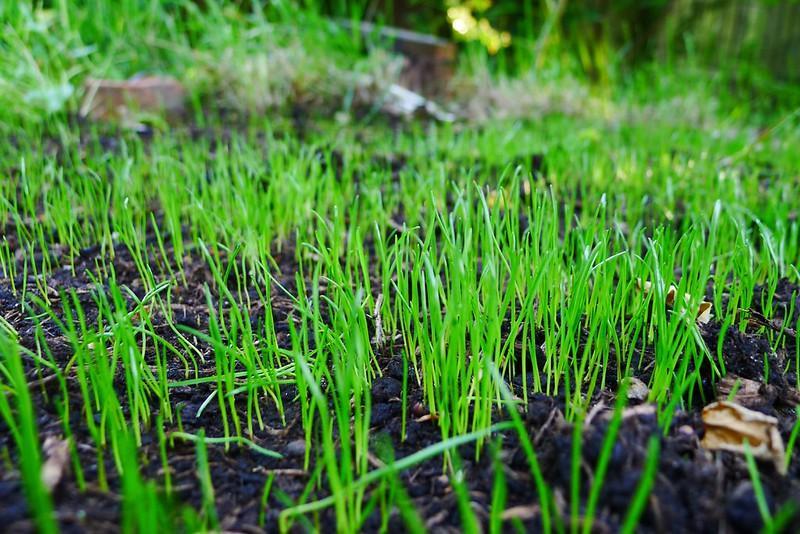
For instance, the ideal time to sow seeds for warm-season grasses is in late spring to summer, whereas the optimal time to plant the seeds for cool-season grasses is in the fall. However, soil and air temperatures vary even within a single season. So, what is the best temperature to plant grass seeds for the best results?
- Plant warm-season grasses in the late spring or early summer, when soil temperatures are between 65 and 70 degrees Fahrenheit (18 and 21 degrees Celsius). Zoysia grass and Bermuda grass are two common examples.
- Plant cool-season grasses in the fall when soil temperatures are between 50 and 65 degrees Fahrenheit (10 and 18 degrees Celsius). Bluegrass, Ryegrass, and fescue grass are all examples of cool-season grasses.
Now we will discuss the best temperature to seed individual grass types in a bit more detail. Read on to learn more!
What Is The Best Temperature For Grass Seeds?
The temperature of the soil determines whether the seeds will sprout or stay dormant after they have been sown into the ground. That is why using a soil temperature map is the most reliable method for determining if it is the right time to plant grass seeds.
Do not worry, though, if you do not have a soil thermometer. You can also estimate soil temperatures by the air temperatures during the day. Here is how to do it:
Best Temperature To Grow Warm-Season Grass Seed

Warm-season grass seeds thrive in soil temperatures of 65 to 70 degrees Fahrenheit (18 to 21 degrees Celsius). Soil normally reaches these temperatures when the corresponding air temperature is around 70 to 90 degrees Fahrenheit (21 to 32 degrees Celsius).
Best Temperature To Grow Cool-Season Grass Seed
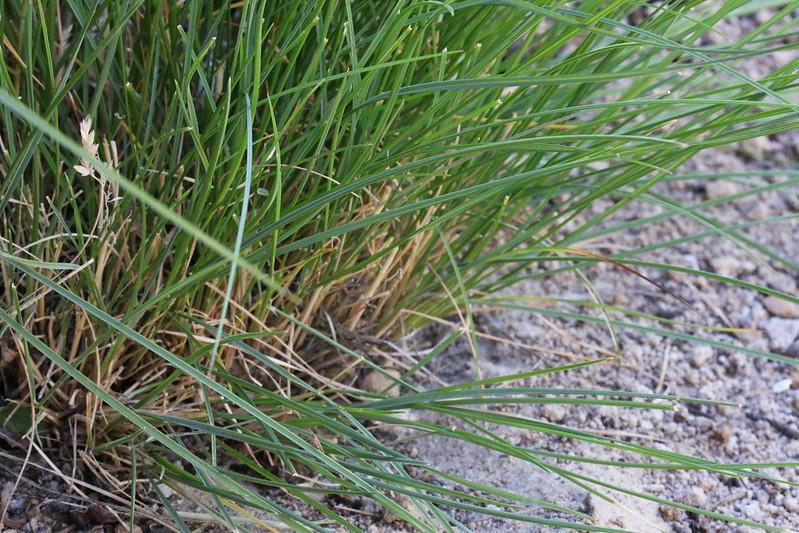
Cool-season grass seeds thrive in soil temperatures of around 10 and 18 degrees Celsius (50 and 65 degrees Fahrenheit). This temperature is normally reached when the corresponding air temperature is about 70 to 90 degrees Fahrenheit (21 to 32 degrees Celsius).
Spring Vs. Fall Seeding | Which Is Best?

Fall is the ideal time to plant cool-season grasses. During this time, cool-season grasses experience an excellent germination rate, and their seedlings grow quickly. On the other hand, late spring to early summer is the best time to seed warm-season grasses. During this time, they will germinate and grow strenuously during this period.
However, you should not seed cool-season grasses in spring because high heat resists their seed germination and causes the cool-season grass growth to slow down.
Similarly, if you seed a warm-season grass in fall, it will reproduce weak grass seedlings that cannot survive during the winter as the germination of warm-season grass seeds and growth of their seedlings slows down as the temperatures cool.
Best Time To Seed Warm-Season Grasses
Warm-season grasses are best seeded in the late spring. These grasses usually enter dormancy if the soil temperatures are below 55 degrees Fahrenheit or 12 degrees Celsius. So, make sure you do not sow the seeds too soon in the spring and wait at least 14 days following the last spring frost.
Best Time To Seed Cool-Season Grasses
Cool-season grass seeds enter dormancy when temperatures dip below 40 degrees Fahrenheit or 4 degrees Celsius or rise above 90 degrees Fahrenheit or 32 degrees Celsius. So, the ideal time to seed cool-season grass will be somewhere in the fall.
However, ensure that you plan the seeding at least six weeks before the first winter frost.
Pro Tip: In areas where warm-season grasses enter dormancy during the winter months, overseed your lawn with a cool-season grass species to keep your lawn lush, green, and vivid all year long.
RELATED: What Is The Best Time To Plant Grass Seed In Spring? Grow A Perfect Lawn!
How Cold Is Too Cold For Grass Seed?
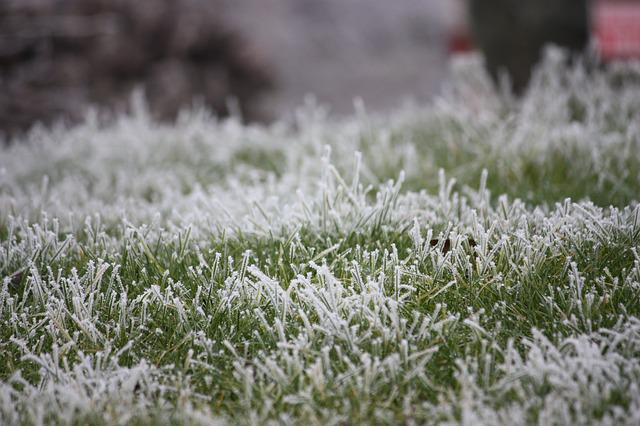
Even the hardiest cool-season grasses have a hard time growing during the frosty times.
Grass seeds will not germinate in temperatures that are either below freezing or excessively cold. As temperatures drop, even grasses that thrive during the cool season will have difficulty growing and may even stop growing so wholly.
In addition, it is of the utmost significance to ensure that newly germinated grass seedlings are not subjected to frost or icy conditions as it can result in the death of the young grass.
Here is what happens to grass growth during low temperatures.
At 30 Degrees Fahrenheit
Temperatures below freezing make it impossible for grass to grow. Even grass seeds of cool-season types cannot survive temperatures of 30 degrees Fahrenheit (-1 degrees Celsius) and will remain dormant until the temperatures rise.
Planting Warm-Season Grasses At 30 Degrees Fahrenheit
Plant warm-season grasses no less than three months before the first expected frost as they germinate and grow best during the warm months.
Planting Cool-Season Grasses At 30 Degrees Fahrenheit
You should seed the cool-season grasses no fewer than six weeks before the first expected frost of the winter. Winters can be deadly for the young grass sprouts, so it will give the grass enough time to establish itself.
At 40 Degrees Fahrenheit
Even though some cool-season grasses do not enter complete dormancy until the temperature of the soil reaches 40 degrees Fahrenheit (4 degrees Celsius), their growth usually comes to an almost full stop.
On the other hand, when temperatures drop to around 55 degrees Fahrenheit or 12 degrees Celsius, almost all warm-season grasses completely cease their growth.
So, it is very unlikely to establish a good lawn by seeding your lawn at this temperature.
At 50 Degrees Fahrenheit
When planting cool-season grasses, the temperature of the soil must be at least 10 degrees Celsius (50 degrees Fahrenheit) at the very least. So, if the temperatures during the day are consistently around 50 degrees, soil temperatures will probably be about 10 degrees lower. So, before seeding your lawn, it is best to wait for the air temperatures to rise to about 60 to 75 degrees Fahrenheit (18–24 degrees Celsius).
How Hot Is Too Hot For Grass Seeds?
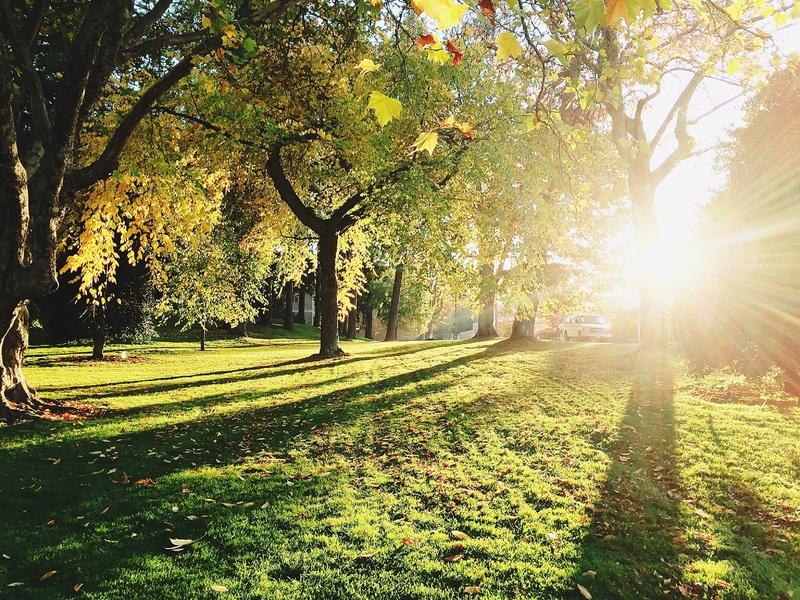
When temperatures get too high, many of the cool-season types of grass enter a dormant state, whereas warm-season grasses continue to thrive unless it gets too hot. That is why it is usually not a good idea to plant grass seeds amidst mid-summer, as even the grass seedlings of warm-season grasses cannot cope with scorching temperatures.
Here is what happens to grass seeds during high temperatures.
At 80 Degrees Fahrenheit
Seeds of warm-season grasses will germinate when air temperatures are between 70 and 90 degrees Fahrenheit (21 and 32 degrees Celsius), so you can go ahead and sow Bermuda or Zoysia grass during these temperatures.
However, cool-season grasses begin to experience a slow growth rate at this temperature. So, if daytime temperatures reach 80 degrees Fahrenheit or higher, seeding cool-season grass should be delayed until it cools down a bit.
At 90 Degrees Fahrenheit
It is safe to seed your heat-tolerant grass at90 degrees as warm-season grass seeds have no problem germinating at this temperature and continue growing vigorously.
However, be careful of the temperatures above 90 degrees as they can put stress on the young grass and will result in poor seed growth.
Cool-season grasses, in contrast, will not germinate or even grow at this temperature.
Best Time To Seed Various Common Turfgrasses
When planning to seed your lawn, it is important to know whether you will be seeding your lawn with cool or warm-season grass. Many types of seeds that are available commercially contain a mixture of different kinds of seeds, each of which germinates and grows at a different temperature.
So, make sure that you examine the list of grasses that are included in a seed mix to determine if you should seed that grass blend in your yard or not.
Tall Fescue
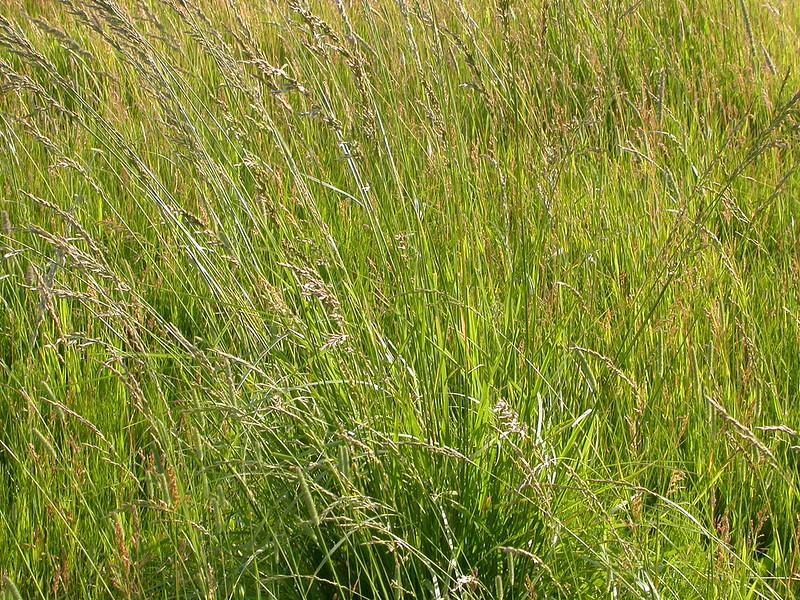
Fescue is a grass that grows best during the cool season and thrives in the cooler, northern regions of the United States. It can also be used to overseed the lawns in warmer areas of the country during the winters. For best results, seed the fescue grass in fall when soil temperatures are around 10 and 18 degrees Celsius (50 and 65 degrees Fahrenheit).
While warm-season grasses enter dormancy during the winter in southern areas, fescue grass will maintain its green color even in winters in these areas. So, you can overseed your warm-season lawns with this grass in winter in southern parts of the country.
Perennial Ryegrass
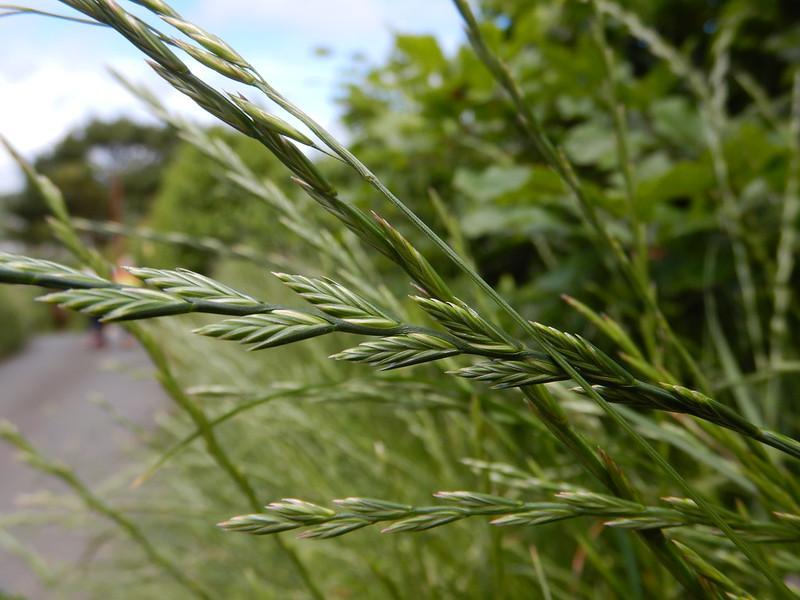
Ryegrass grows best during the cooler months and in the northern and central parts of the United States. The best time to seed perennial Ryegrass is in fall when the temperature of the soil is around 10 and 18 degrees Celsius (50 and 65 degrees Fahrenheit).
St. Augustine Grass

St. Augustine grows best during the warm season and thrives in humid and hot climates. St. Augustine grass is challenging to grow from seeds, and you should only use seeds if you want to make your existing St. Augustine lawn thicker.
Nonetheless, the best time to plant St. Augustine grass is in spring, when the temperature of the soil is around 65 and 70 degrees Fahrenheit (18 and 21 degrees Celsius). Also, remember that this grass will enter dormancy when it gets cold.
Bermuda Grass
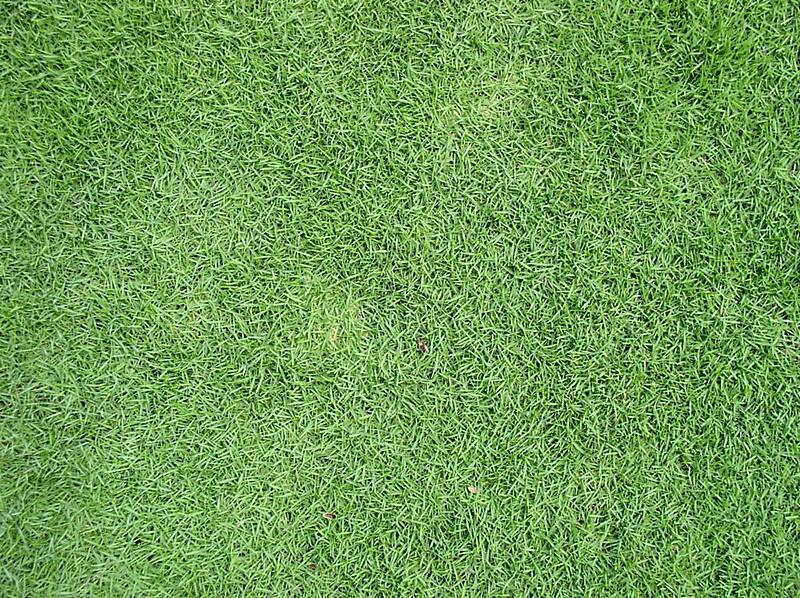
This warm season is present across a significant portion of the American south, southwest, and transitional zones. Therefore, the best time to seed Bermuda grass is in spring, when the temperature of the soil is around 65 and 70 degrees Fahrenheit.
Also, keep in mind that Bermuda grass will go dormant when the soil temperature reaches 55 degrees Fahrenheit.
RELATED: How To Make Bermuda Grass Thicker, Greener, and Fuller | A Beginners Guide
Kentucky Bluegrass
The Kentucky bluegrass is a resilient cool-season grass that is common throughout the United States, from the transitional zones to the northern regions.
The optimal time to plant this grass is in fall when soil temperatures are about 10 and 18 degrees Celsius (50 and 65 degrees Fahrenheit).
Final Words
In addition to air, nutrients, and water, the temperature of the soil also plays a very vital role in determining whether a particular type of grass seed will germinate or not. So, it is always best to do your research before planting grass seeds into your yard.
Make sure that you match the seeding time with the peak growth period of the grass that you want to plant on your lawn. This will increase the seed germination rate, give a head start to grass seedlings, and ensure a thicker turf.
Frequently Asked Questions (FAQs)
Can I plant grass seed if it freezes at night?
Do not sow grass seed when nighttime temperatures are freezing or near freezing. The combination of warm days followed by cold nights is catastrophic for grass seedlings.
How long do grass seeds take to germinate?
Grass seeds will typically begin to germinate between 10 and 14 days after sowing, but it can sometimes take as long as 30 days. When you first plant grass seed in your yard, it may seem like it will take an eternity for the grass to start sprouting.
Sources for Further Reading
Turf 101: Optimum temperatures for seed germination – Purdue University Turfgrass Extension Service
Establishing a New Lawn Using Seed – Michigan State University Extension Service
Late Season Seeding Establishment Considerations – University of Massachusetts Amherst Extension Service







